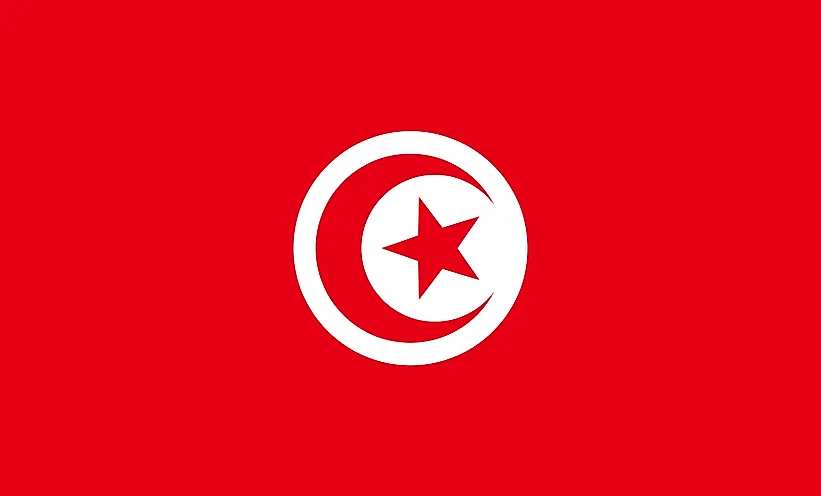
Tunisia
| Continent | Africa |
| Capital | Tunis |
| Population | 11,134,588 |
| GDP | $131.00 Billion |
| GDP per Capita | $11,700 |
| Dialing Code | +216 |
| ISO Code (2-letter) | TN |
| ISO Code (3-letter) | TUN |
Tunisia Landscapes






About Tunisia
Welcome to Tunisia, a nation of ancient heritage and Mediterranean charm. With approximately 12 million people across 163,610 square kilometers, Tunisia combines remarkable historical legacy with modern aspirations, standing at the crossroads of Mediterranean and Arab cultures.
Geographic Features and Natural Beauty
Tunisia’s geography encompasses diverse landscapes from Mediterranean coastline to Sahara Desert. The country features the Atlas Mountains, extensive olive groves, and the northern edge of the Sahara including the salt lakes of Chott el Jerid.
The landscape includes Mediterranean beaches, fertile valleys, and desert oases. The country’s varied terrain creates diverse ecosystems supporting unique wildlife and vegetation patterns.
Protected areas include eight national parks and various nature reserves. The country’s commitment to conservation focuses on preserving its biodiversity while managing sustainable tourism.
Cultural Heritage and Traditions
Tunisian culture represents a sophisticated blend of Arab-Berber traditions and Mediterranean influences. The country’s heritage includes ancient Carthaginian ruins, distinctive architecture including traditional medinas, and rich artistic traditions.
Traditional arts include carpet weaving, ceramics, and traditional music. Cultural practices feature traditional festivals, hammam rituals, and the preservation of ancient crafts.
Tunisian cuisine, celebrated throughout North Africa, features dishes like couscous, brik, and various Mediterranean specialties. The tradition of hospitality and café culture remains central to social life.
Historical Journey
Tunisia’s history spans from ancient Carthage through various civilizations to modern independence. The country was home to the powerful Carthaginian civilization and important Roman settlements.
Significant periods include Phoenician-Carthaginian era, Roman rule, Arab conquest, Ottoman period, and independence in 1956. The country’s role as a cultural crossroads has shaped its development.
Modern Economic Landscape
Today’s Tunisian economy focuses on services, manufacturing, and tourism. The country has developed significant industrial capacity and a diverse economic base.
Recent initiatives emphasize digital transformation, renewable energy development, and sustainable tourism. Tunisia’s educated workforce and strategic location support its economic potential.
International Relations and Global Position
Tunisia maintains active participation in Arab, African, and Mediterranean organizations while fostering global partnerships. The country’s democratic transition and moderate stance extend its diplomatic influence.
Did You Know?
• Tunisia’s ancient city of Carthage was once Rome’s greatest rival?
• The country was the site of the Arab Spring’s beginning in 2010?
• Star Wars’ iconic Tatooine scenes were filmed in southern Tunisia?
• Tunisia has some of the largest Roman amphitheater remains outside Italy?
Conclusion
Tunisia represents a unique combination of ancient heritage and modern aspiration. From its Mediterranean shores to its Saharan dunes, from its ancient ruins to its modern developments, Tunisia continues to evolve while preserving its cultural legacy. As it addresses challenges including economic development and environmental protection, Tunisia remains committed to progress while maintaining its position as a bridge between cultures and continents.